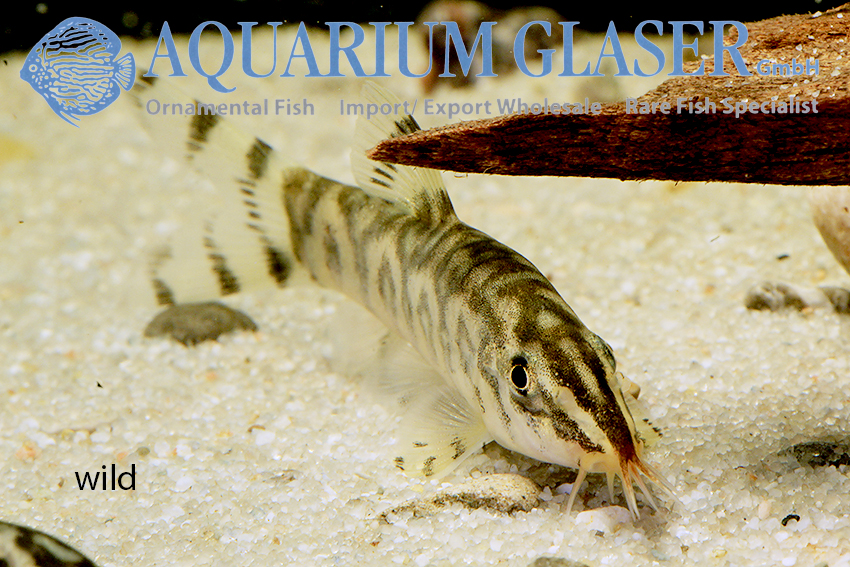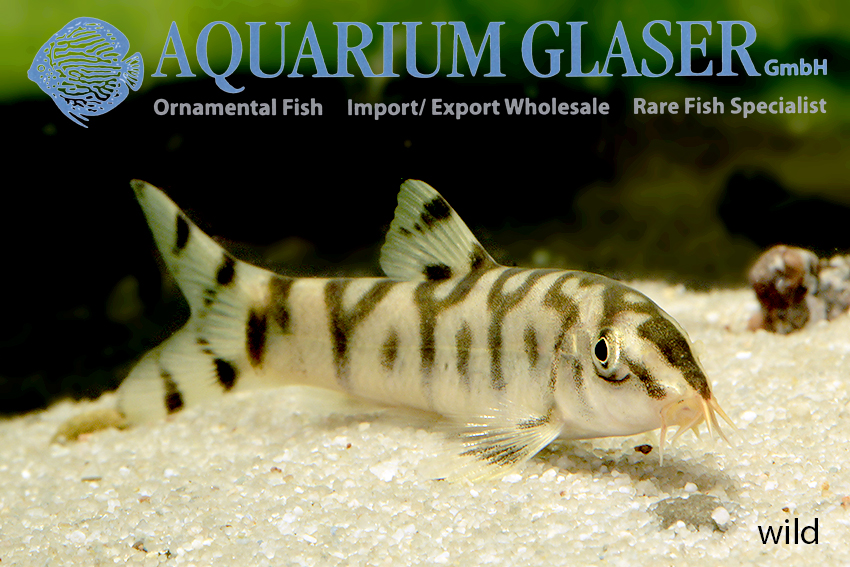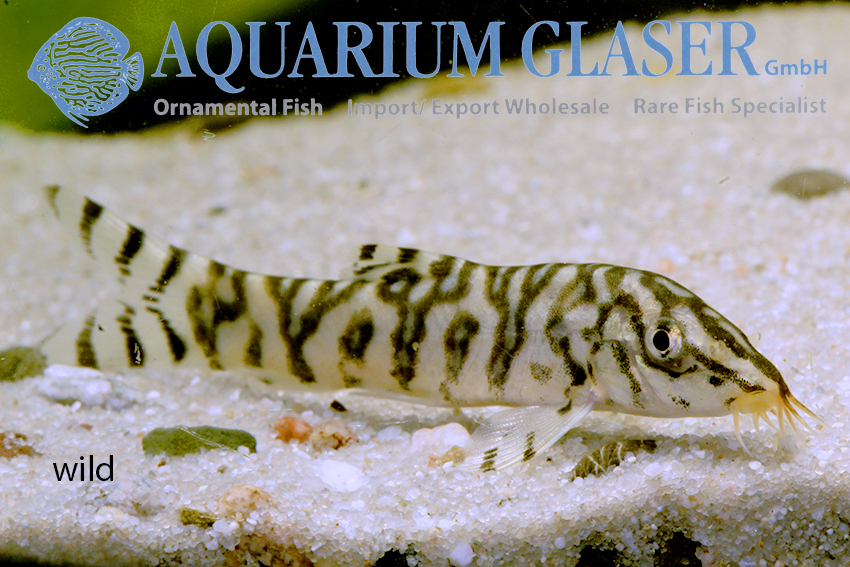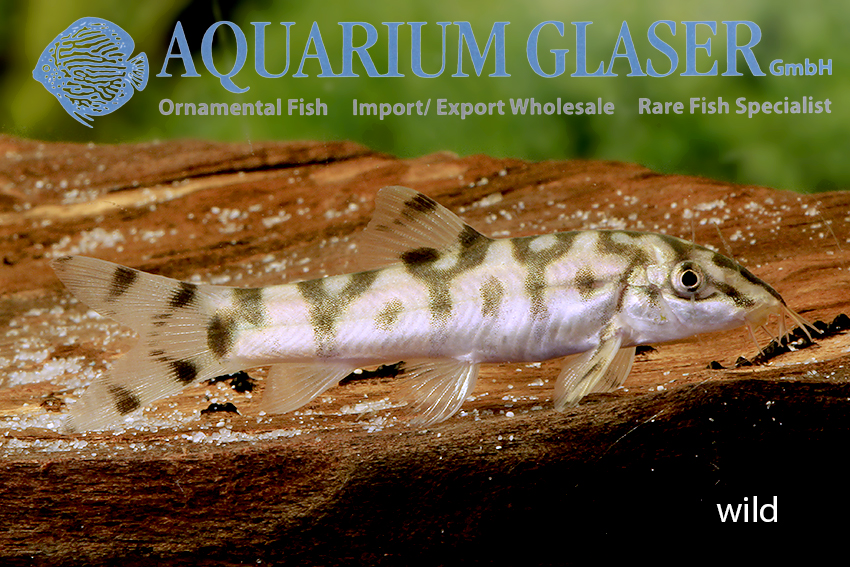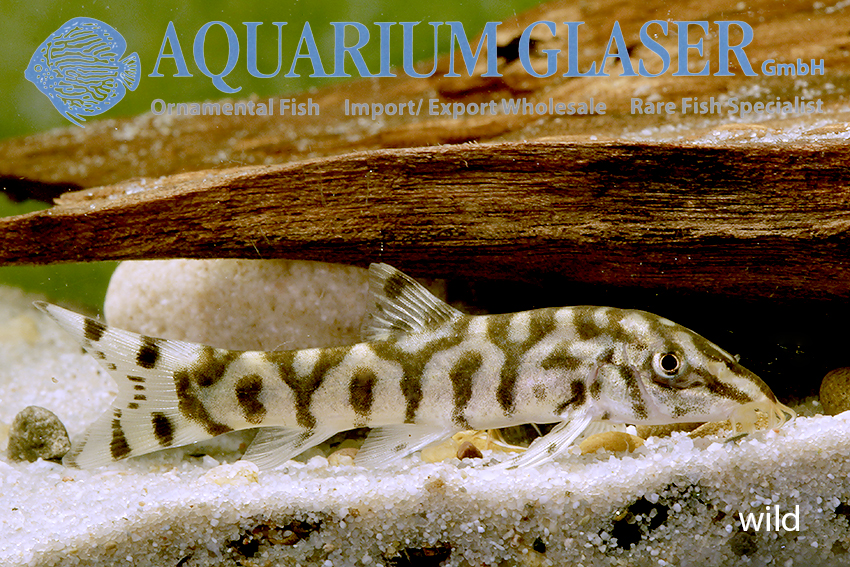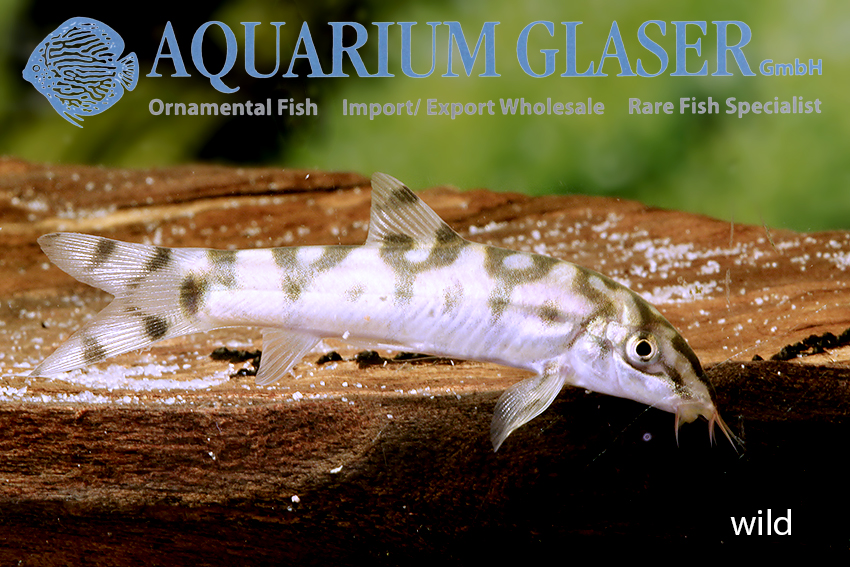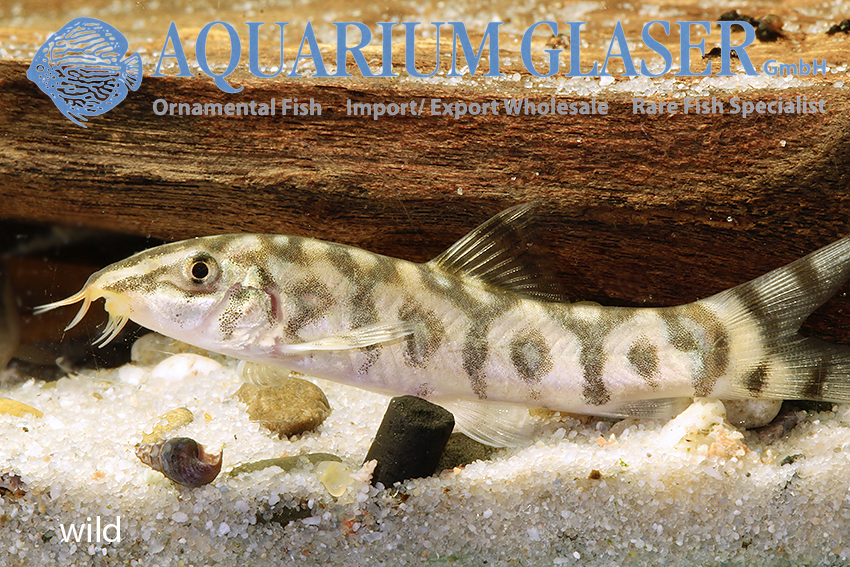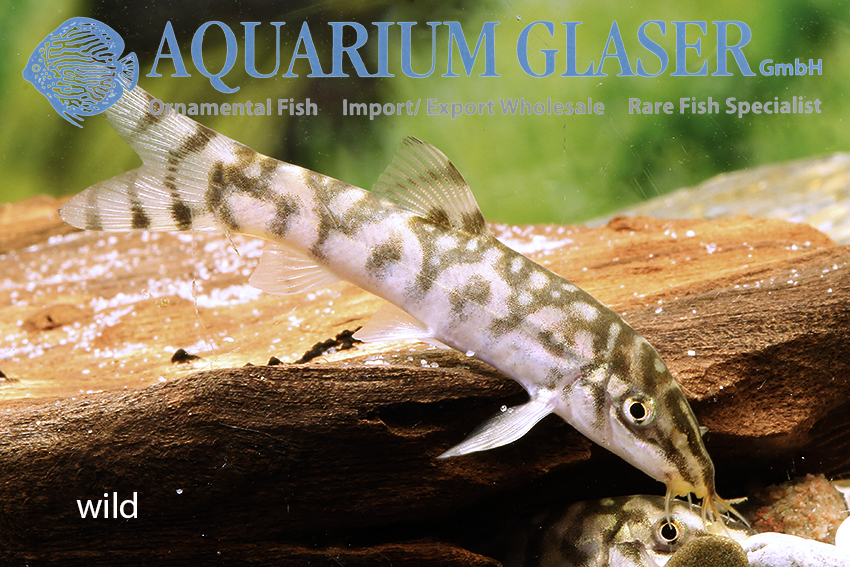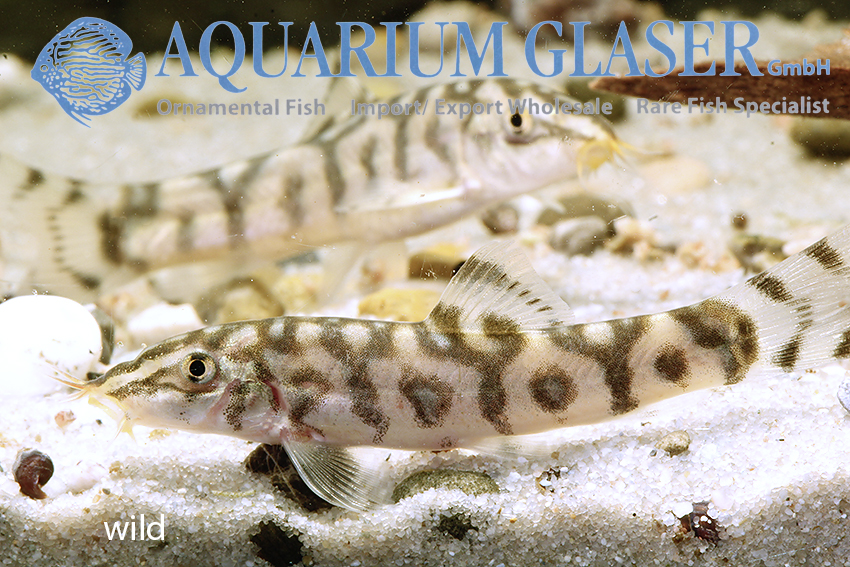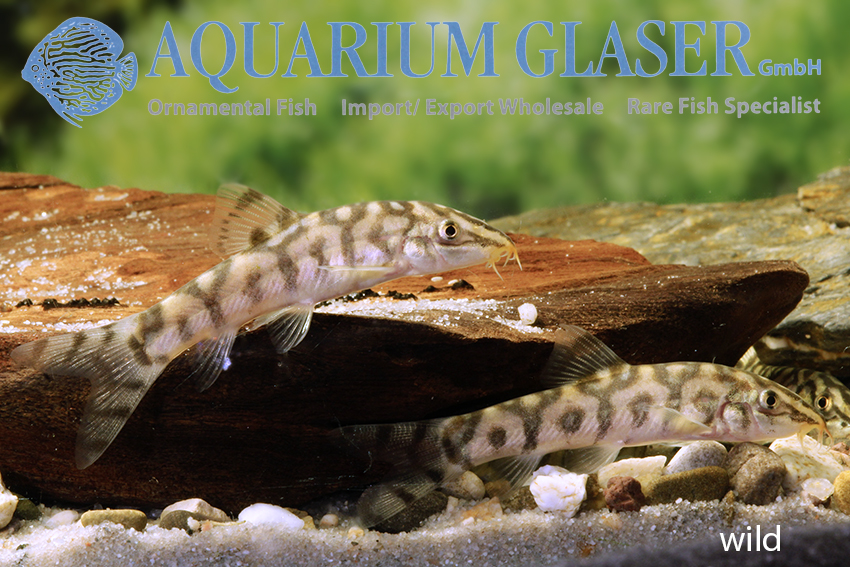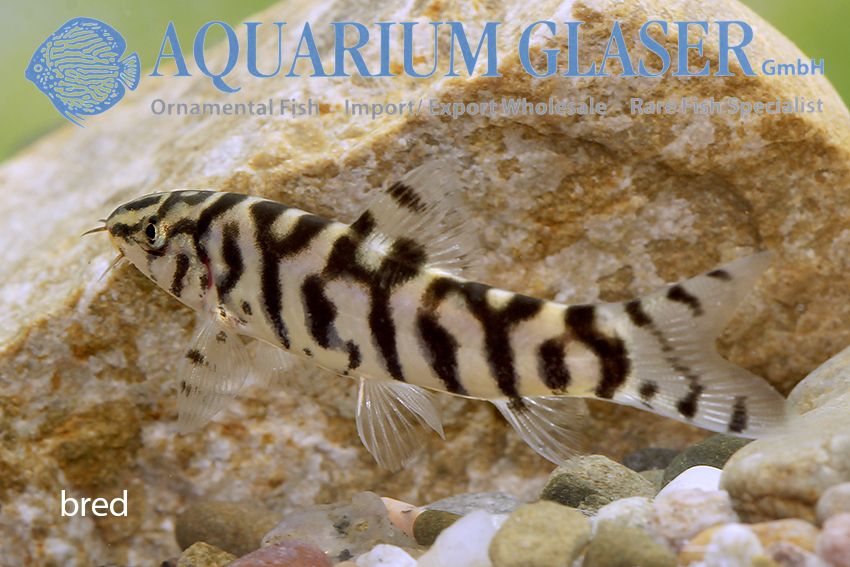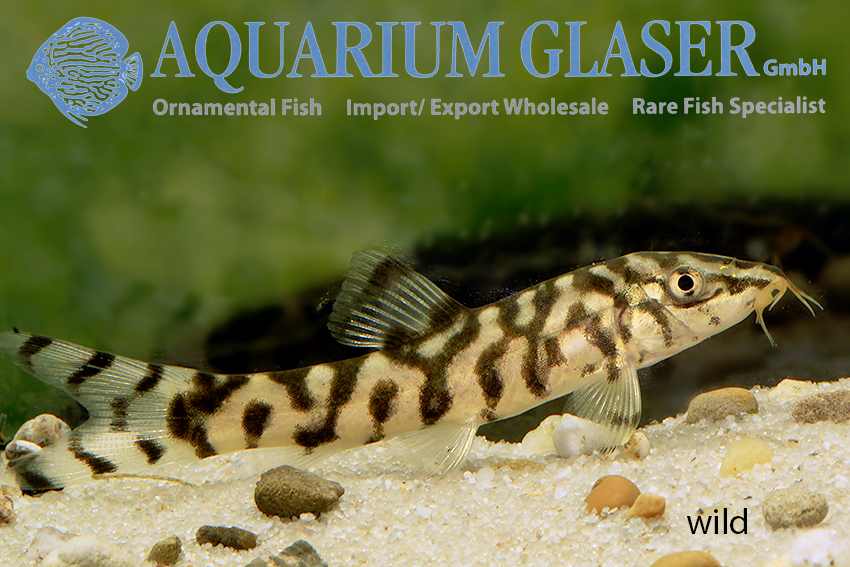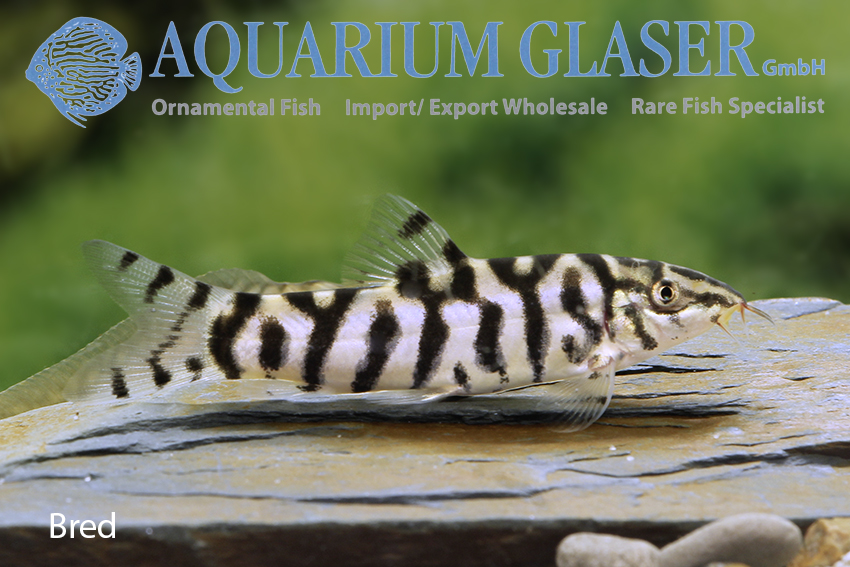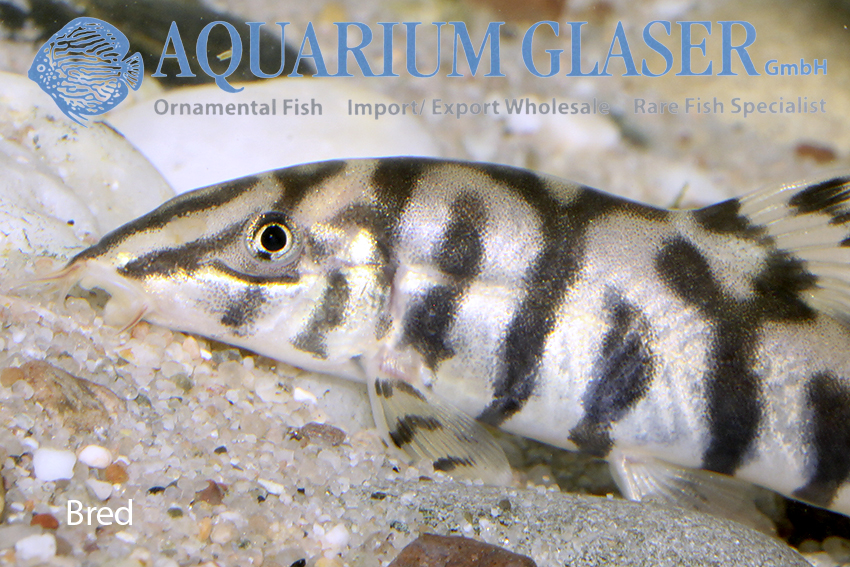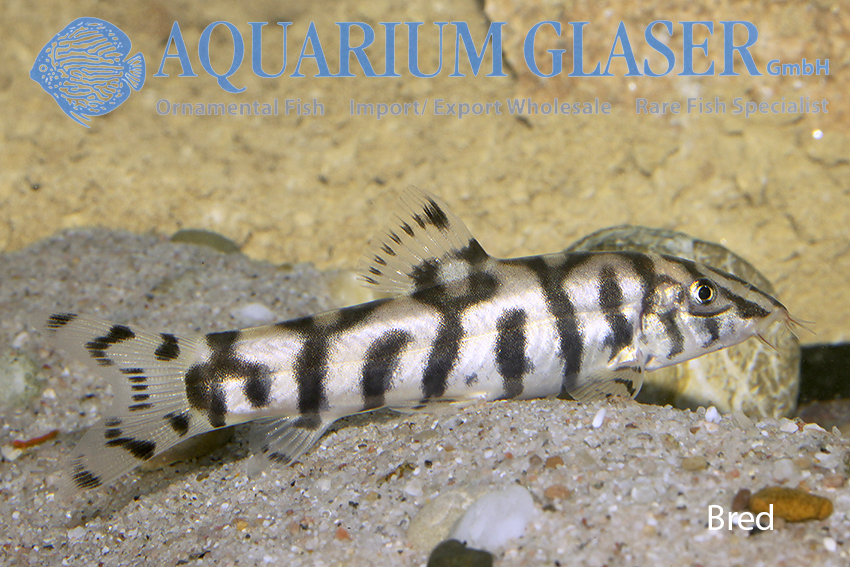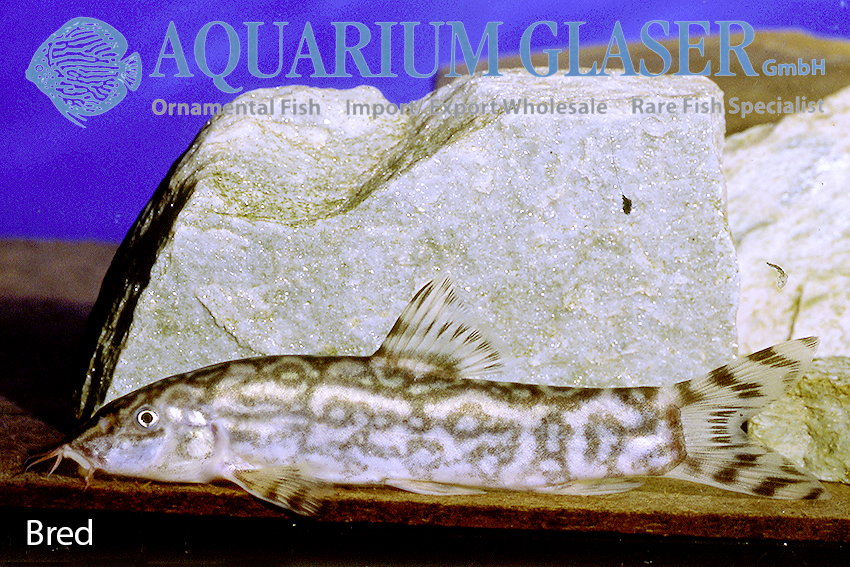The systematics of the Indian deep bodied loaches – they represent the remaining species in the formerly much broader genus Botia – is confused. Botia lohachata was described from Bihar in India as early as 1912. Their coloration is very specific: three Y-shaped bands – the first in front, the second below and the third behind the dorsal fin – and between each band in the middle of the flank a circular dot – YoYo loaches!
The body marking is on the one hand the only characteristic to distinguish closely related Botia species from each other, but on the other hand it is also highly variable. With Botia lohachata things are like this: since this species is very popular in aquaristics – it is pretty, relatively peaceful (at least if kept in sufficiently large groups from 10 specimens upwards), remains with usually 8-10 cm length (the maximum length given in the literature is 15 cm) handily small and eat quite reliably all small water snails in the aquarium – and wild catches are available only seasonally, it is bred commercially in Southeast Asia already since the 1970s. For unknown reasons, these captive-bred specimens are marketed as “Botia pakistani”. There is no “Botia pakistani”, this name is pure fantasy and the offspring correspond perfectly to Botia lohachata regarding the pattern of markings.
How variable Botia lohachata can be, however, can be seen when wild caught specimens are available, like right now (the season runs from about July until October). And in the age the pattern changes strongly to a net pattern. This raises doubts whether B. lohachata is really a good species, because at least B. almorhae, B. birdi and B. histrionica are extremely similar and have been described much earlier; a good overview of the many similar looking Indian loaches is given by Grant (2007) in the electronic publication Ichthyofile Number2.
For our customers: the animals have code 403001 (3-4 cm), 403003 (5-6 cm) and 404802 (“pakistani”) on our stocklist. Please note that we supply only wholesale.
Text & photos: Frank Schäfer





